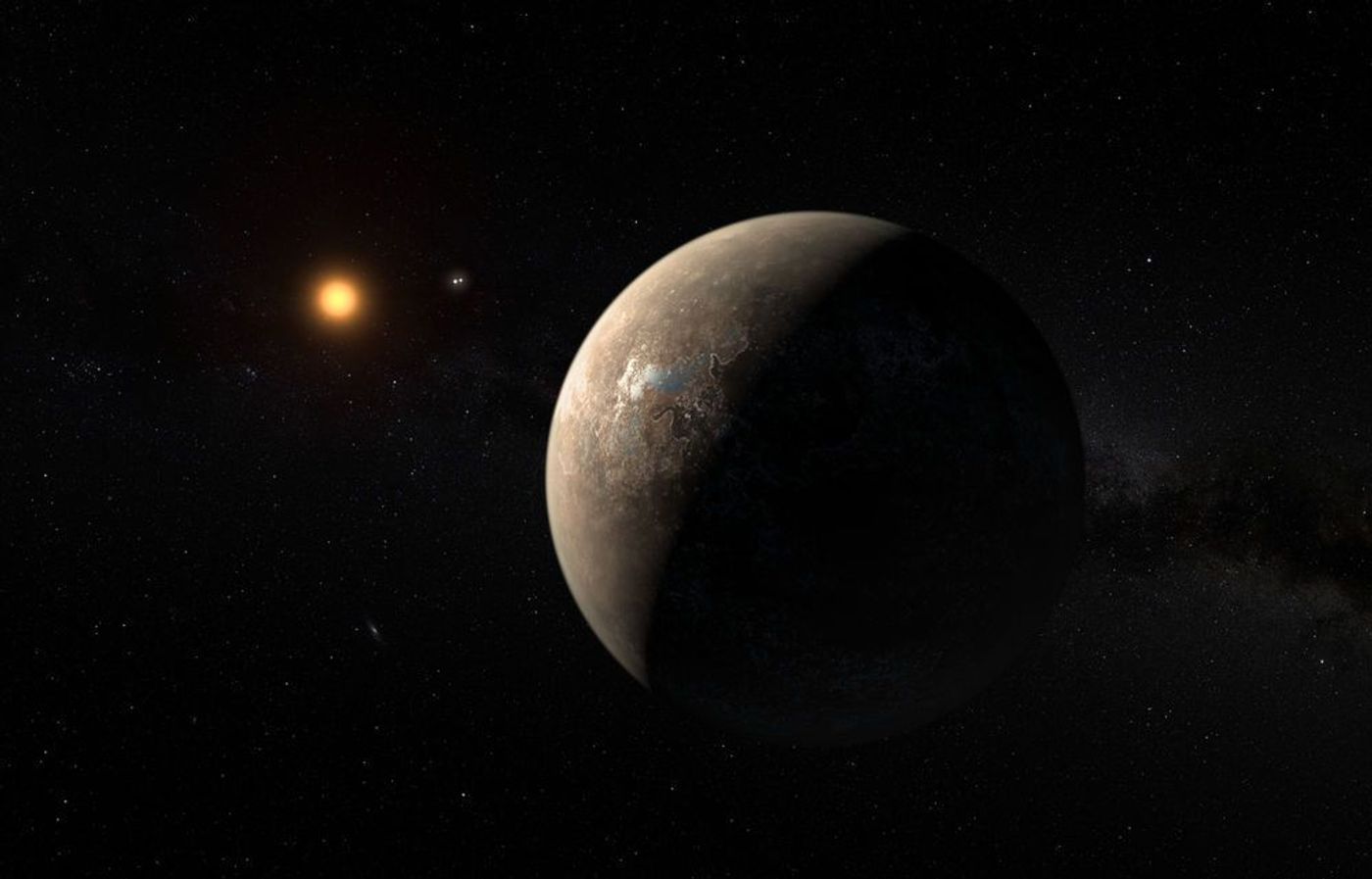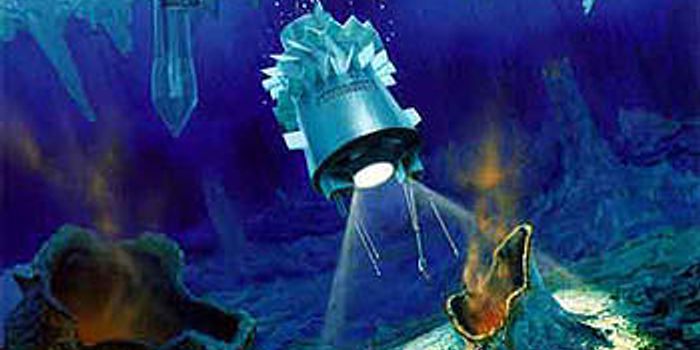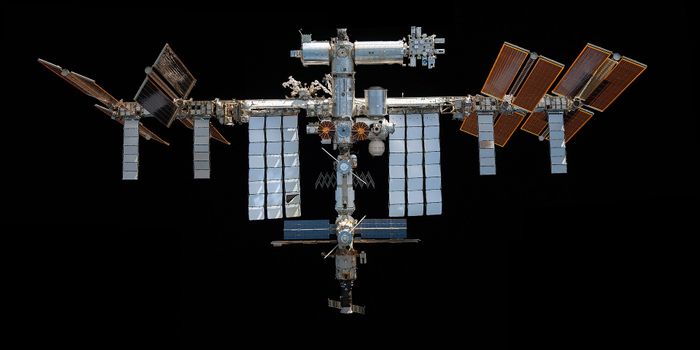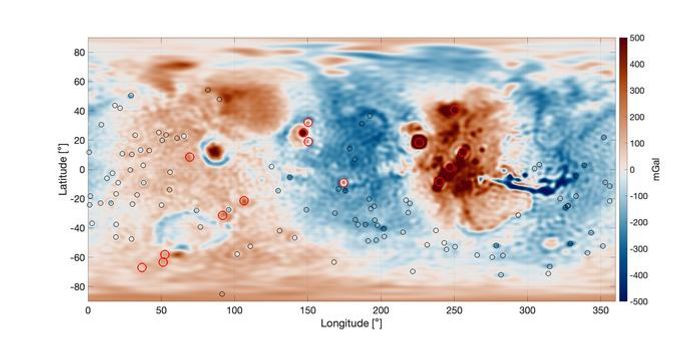Proxima b Could Be Habitable if it Has an Atmosphere
The seemingly-endless search for extraterrestrial life in our universe continues on, and while we haven’t found any leads just yet, we do continue to search for terrestrial exoplanets that might have the same or similar conditions to those we have here on Earth.
One of our closest stellar neighbors is Proxima b, which has a lot of potential to support life. On the other hand, as discussed in a study that appears in the journal Astronomy and Astrophysics, Proxima b might only be capable of supporting life if it has an atmosphere similar to our own.
Image Credit: ESO/M. Kornmesser
The findings were made possible by University of Exeter researchers who took the information we currently know about Proxima b and used it with the Met Office Unified Model (UM), which is usually used for predicting climate change on Earth.
Related: Exoplanets orbiting red dwarfs are unlikely to support life
By playing around with the figures, they were able to mess around with different scenarios in which the exoplanet might have slightly variant atmospheric conditions or near mirror image atmospheric conditions.
“We present results of … the responses of both an ‘Earth-like’ atmosphere and simplified nitrogen and trace carbon dioxide atmosphere to the radiation likely received by Proxima Centauri B,” the researchers write in the paper.
“Overall, our results are in agreement with previous studies in suggesting Proxima Centauri B may well have surface temperatures conducive to the presence of liquid water.”
Related: Does Proxima b have a global ocean?
What they found during their simulations was that Proxima b might have a chance of supporting liquid water on its surface as long as it has either an Earth-like atmosphere, or at the very least, a simple atmosphere composed of carbon dioxide and nitrogen.
Where there is water, there is a very real possibility for the existence of life. But hang on; we’re not out of the woods just yet…
Existing in the habitable zone of its host star, Proxima b should already have the right temperature conditions to support life, but more factors contribute to temperature than just where the exoplanet resides around its host star.
For example, the exoplanet also needs a protective magnetic field, which works in tandem with an atmosphere to protect the surface from stellar radiation, and the right chemical composition in addition to an atmosphere and surface water to support life forms.
All of these factors help regulate the temperature of the planet to sustain life, and without each of them, the planet could look just like Mars – dry and barren.
While having an atmosphere is a pretty big “if” as to whether or not Proxima b supports life, it’s pretty reassuring to know that models right here on Earth can be used to help predict its habitability. Even if Proxima b has liquid water, it’s still possible that there isn’t any life, so there’s a lot to potentially consider.
Unfortunately, because Proxima b is so far away (4.2 light years to be exact), we don’t have the means to observe the exoplanet up close or to put a lander on its surface to check for life and answer our ongoing questions. We’re stuck relying on space telescopes and computer models for the time being.
Making things even more complicated, other exoplanets besides Proxima b are even more distant from us, so it’s a difficult task to find life outside of our Solar System.
Related: The upcoming James Webb Space Telescope may help us study Proxima b
Fortunately, space observation and exploration equipment is getting more powerful and versatile with each passing day, so perhaps we’ll come across something at some point.
Source: Gizmodo









